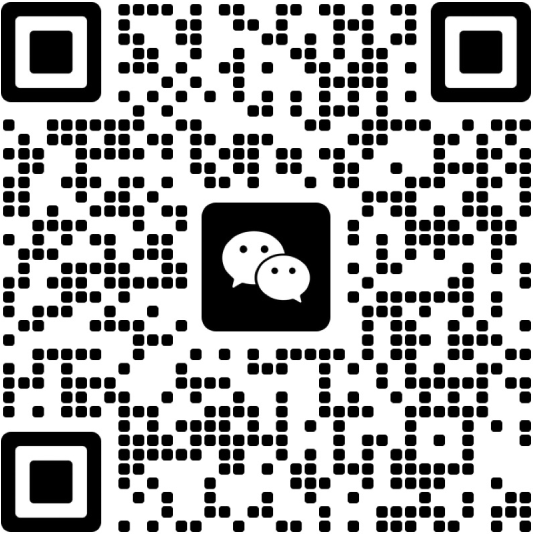

In today’s manufacturing world, precision and speed matter a lot. Complex part designs can lead to costly mistakes if not checked early. A smart approach is to use 3D printing to test parts first, then switch to CNC machining for large-scale production. This method saves money, cuts waste, and speeds up the process by catching errors before full production begins.
How 3D Printing Helps Early Testing
Fast Prototyping with 3D Printing
3D printing builds parts layer by layer from digital designs. It’s quick and flexible. You can go from a computer model to a physical prototype in just hours. This makes it perfect for testing complex parts without spending a lot on tools or setup.
With 3D printing, engineers can hold a real model. They can check if the design works or needs tweaks. It’s especially helpful for tricky shapes or internal features that are hard to picture on a screen.
Why Testing Early Matters
Spotting Design Problems Early
A 3D-printed prototype lets teams find issues before starting CNC production. They might notice things like parts that don’t fit, holes in the wrong spot, or gaps that are too small. Fixing these early costs very little.
This step avoids discovering problems after setting up expensive CNC machines. It saves materials and time spent redoing faulty parts.
Checking Fit, Shape, and Performance
A physical prototype shows things digital models might miss. You can test how a part feels, looks, or fits with other pieces. This hands-on check ensures the part works right in real life.
It confirms the design is ready for CNC machining, which is precise but costly if mistakes slip through.
Moving from 3D Printing to CNC Machining
Getting Designs Ready for CNC
Once the 3D-printed prototype is approved, the final design goes to CNC machining. CNC uses computer-controlled tools to cut materials. It shapes parts with exact precision. This is great for complex designs already tested in prototyping.
Since the design is verified, moving to production is smooth and hassle-free.
Cutting Down Rework and Setup Time
With a tested design, CNC machines can be set up without worrying about last-minute fixes. The process is highly automated. It boosts efficiency and keeps production on track.
This approach reduces time spent fixing issues during setup. It ensures steady quality in every part made.


Saving Money with This Combined Approach
3D Printing + CNC vs. Straight to CNC
Jumping straight to CNC after designing on a computer might seem cheaper. But skipping early tests often leads to bigger expenses later if errors pop up.
Using 3D printing first adds a small upfront cost. Yet it lowers risks by catching problems before pricey CNC work begins.
Reducing Wasted Materials
CNC machining cuts away material to shape parts. Mistakes here can waste expensive materials like aluminum or titanium.
Testing with 3D printing first prevents these losses. It ensures only correct designs move to final production.
Lowering Labor and Machine Costs
Every minute spent setting up machines or checking parts adds up. A tested prototype means less time fixing issues during production.
CNC machining works with many materials like metal, plastic, or wood. Once the design is solid, it handles all kinds of parts efficiently.
Speeding Up Product Development
This combined approach makes development faster. One team can test 3D-printed prototypes while another sets up CNC tool paths. This overlap cuts down on delays and gets products to market quicker without sacrificing quality.
Where This Approach Works Best
Aerospace and Automotive Parts
In aerospace, CNC machining makes super accurate aircraft parts. Both the aerospace and auto industries have really tight safety rules. Testing with 3D printing checks that parts meet standards first. This way, you avoid wasting expensive materials.
Complex parts get big benefits from this two-step process. Think turbine blades or engine covers. This is especially true where getting things exactly right is critical.
Medical Device Design and Production
Medical devices often need custom shapes for patients or surgeries. 3D printing allows quick testing of designs. CNC machining then delivers the precision needed for medical approvals.
This combo supports fast innovation while meeting tough healthcare standards.
Consumer Electronics and Custom Parts
Consumer products need to work well and look good. 3D printing tests things like button placement or user comfort. CNC machining, using 3-axis, 4-axis, or 5-axis machines, then produces polished parts like device cases or heat sinks.


Using 3D printing to test designs before CNC mass production saves money, improves quality, and speeds things up across industries.
For companies wanting to use this smart approach, Momaking offers both services in one place. We provide fast quotes, low minimum orders (even just one piece), delivery in two days, and full inspections before shipping. We work with various materials and use advanced CNC tools like turning, drilling, and milling. This setup helps clients avoid expensive errors by testing first, then producing precisely at any scale.
FAQ
Q: What materials work for 3D printing prototypes here?
A: You'll often see a few standard materials used. For plastic parts, common picks are PLA, ABS, PETG, and resin. For more advanced needs, metal powders are an option. What you choose really comes down to what the part needs to do. It also depends on how detailed your test model should be.
Q: How precise are 3D printed prototypes next to CNC parts?
A: 3D printed models aren't quite as precise as CNC-made ones. Their accuracy is usually within about ±0.1 to 0.3 mm. This depends on the printer though. They're good enough for testing how parts look and fit together. But for final production parts? CNC is much better. It can hit super tight tolerances, like ±0.01 mm.
Q: Does this mix of methods work for smaller orders?
A: Yes! It's actually great for small runs too. 3D printing lets you test designs quickly. Then CNC can efficiently make smaller batches. This works well for limited editions or custom pieces. Think bridge tooling or special orders.
